
Photo
(Halesia tetraptera) This small to medium-sized understory tree has distinctive white-yellow vertical streaks on its young stems. In early spring it produces white bell-shaped flowers that develop...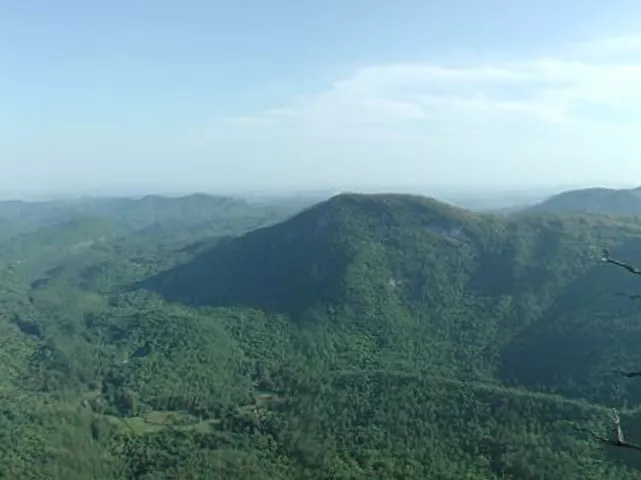
Cove forests are unique ecosystems found exclusively in North America, in the southern Appalachian Mountains of the United States. They are a special type of forest known as mixed deciduous, meaning that forest's trees lose their leaves in fall. Cove forests are restricted to mountain "coves," which are bowl-shaped valleys with very rich, fertile, damp soil. Many cove forests have streams wandering through part of the forest. The cove forests of the South exhibit the greatest plant and tree diversity of any forests in the United States.
The cove forests of South Carolina are restricted to the northwest portion of the state, extending from the north of Westminster to north of Greenville, Jones Gap State Park, Table Rock State Park, Oconee State Park, and Caesars Head State Park all contain cove forest communities. For more information, view the credits or find out how to plan a trip to a cove forest.
---
PLEASE NOTE:

Photo
(Halesia tetraptera) This small to medium-sized understory tree has distinctive white-yellow vertical streaks on its young stems. In early spring it produces white bell-shaped flowers that develop...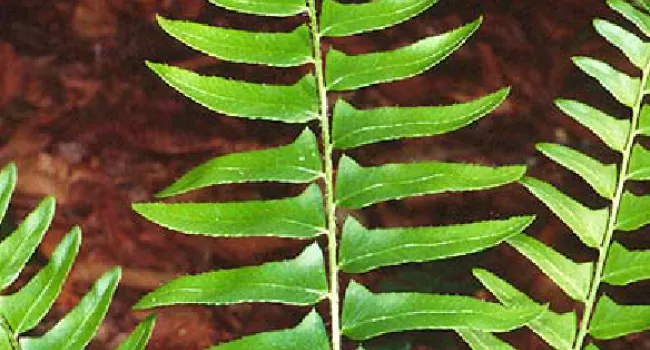
Photo
(Polystichum acrostichoides) This evergreen fern commonly occurs in moist sites including ravines and rocky slopes. Only the leaves emerge above ground - the stem is underground. Like all ferns, it...
Photo
(Agkistrodon contortrix) The copperhead is the primary poisonous snake in the cove forest. The pit located on each side of the head between the eye and the nasal opening is a heat sensor. The prey...
Photo
This evergreen shrubs forms dense thickets in ravines and along streams. The leaves are thick and leathery and the urn-shaped fragrant flowers bloom in early spring.
Photo
Although it might sometimes look like a tangled shrub, the woody wine has large heart-shaped leaves and small flowers that look like an old-time smoking pipe, hence the common name. Toxins in the...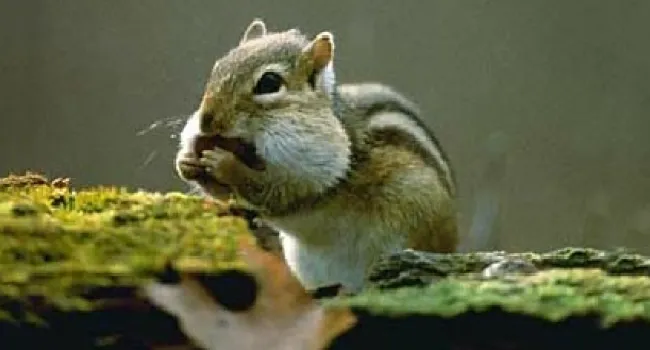
Photo
(Tamias striatus) This ground squirrel is a burrowing mammal but is adept at climbing through trees. Nuts and seeds are the primary food sources; however, flowers, leaves, fungi and small amphibians...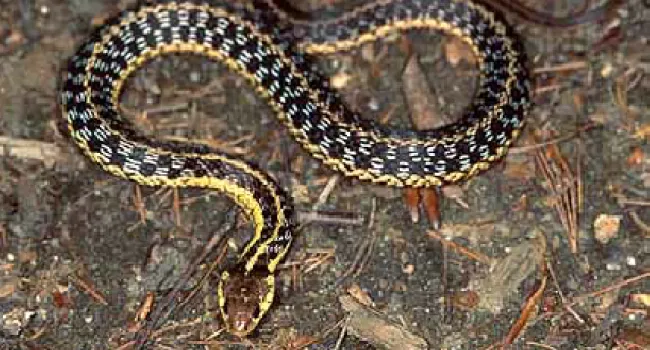
Photo
(Thamnophis sirtalis) This snake has a wide geographic range and is the only snake that extends its range into the northern reaches of Canada. Frogs and salamanders are the primary prey of the garter...
Photo
(Cornus florida) This small understory tree of forests is also widely planted in residential areas. In spring, clusters of small greenish flowers surrounded by four large white petal-like bracts are...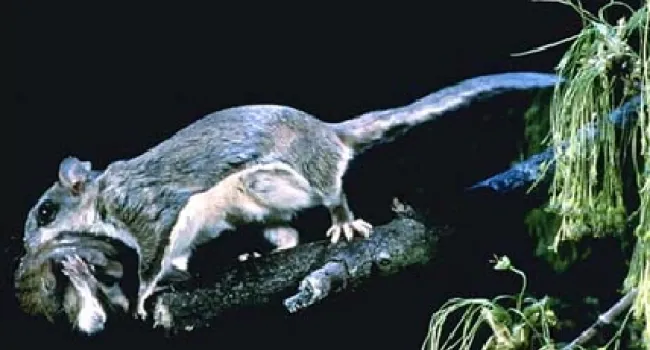
Photo
(Glaucomys volans) This squirrel is one of the most common squirrels in the cove forests. Few are seen since they are strictly nocturnal. The flying squirrel does not fly, rather it glides by using...
Photo
(Bufo fowler) This toad is commonly found in the deciduous woods of the Carolinas. It differs from the American Toad by having more than two warts in each dorsal dark spot. The large glands behind the...